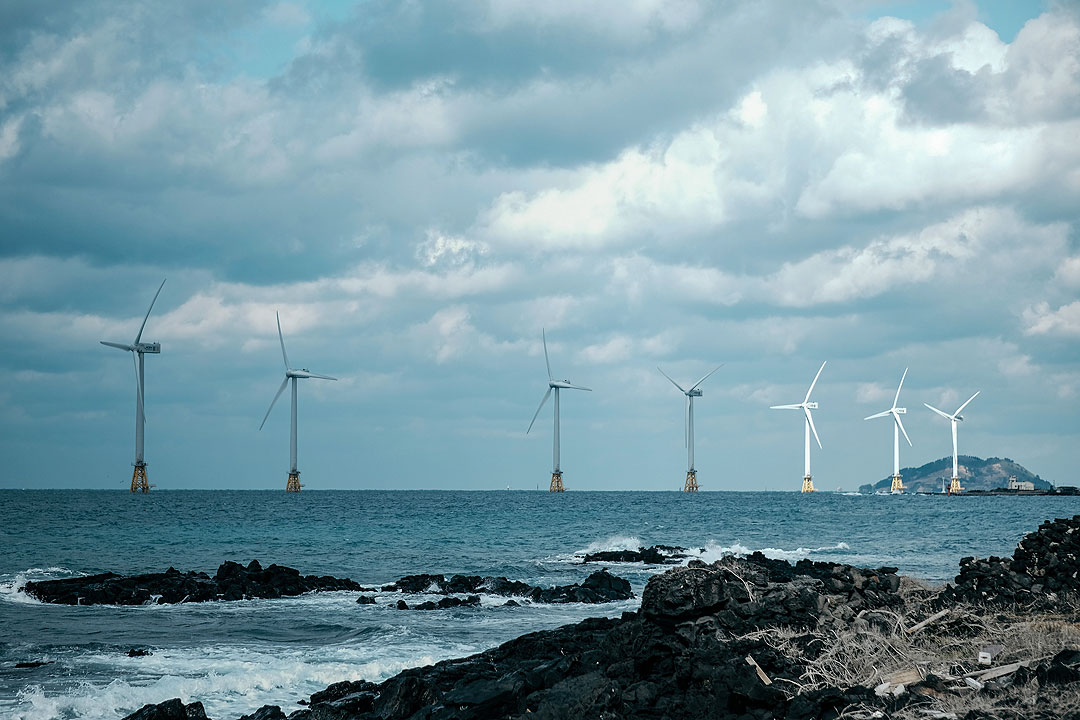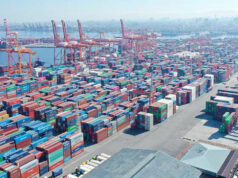
THE Department of Energy (DoE) said the Philippines is on track to hit its target for the increased share of renewable energy (RE) in the power generation mix, to 35% by 2030 and to 50% by 2040.
“In summarizing the clean energy scenario for Philippine Energy Plan (PEP) 2020 to 2040, which is also the minimum for the Philippine Energy Plan for 2023 to 2050, we have 35% of power generation through renewables by 2030 and the RE lines up to 50% by 2040,” Energy Undersecretary Felix William B. Fuentebella said at an energy investment forum.
“It’s good to note that we are on track as far as these targets in renewable energy are concerned,” he added.
At the end of 2022, RE accounted for 22.1% of the energy mix, while coal took up 59.6%. Natural gas and oil-based energy sources accounted to 16% and 2.3% respectively.
The 50% target for RE is part of the updated PEP Clean Energy Scenario (CES), under which natural gas, coal, and oil reduce their shares of the power mix to 26.6%, 23.1%, and 0.1%, respectively, by 2040.
“We are looking into a greater clean energy scenario where we have the penetration of offshore wind and nuclear, and another scenario where we have a higher penetration of offshore wind technology,” he said.
Mr. Fuentebella said that the DoE has “integrated everything” into the updated energy plan which is set to be completed this month.
Aside from RE targets, he said that the DoE has set a “conservative” target of 5% energy savings on oil products and electricity by 2040, as well as 10% electric vehicle penetration rate in road transport by 2040.
“We will exponentially increase our targets once we synergize all these strategies with information, communication technology and we protect it with our energy resilience policies,” he said.
Mr. Fuentebella said that achieving the goal would require investment of about $153 billion, with $97 billion for RE, including the pre-development and construction of power plants.
Investment in the upstream sector focusing on oil and gas exploration and development, coal exploration and production, renewable energy (pre-development activities) will amount to $10.05 billion, $13.12 billion, and $510 million, respectively.
The downstream sector, on the other hand, will require investment of $2.94 billion for oil distribution and import terminals, $1.78 billion for liquefied natural gas terminals, and $2.38 billion for biofuels production.
Transmission projects will require investments amounting to $6.97 billion. — Sheldeen Joy Talavera



